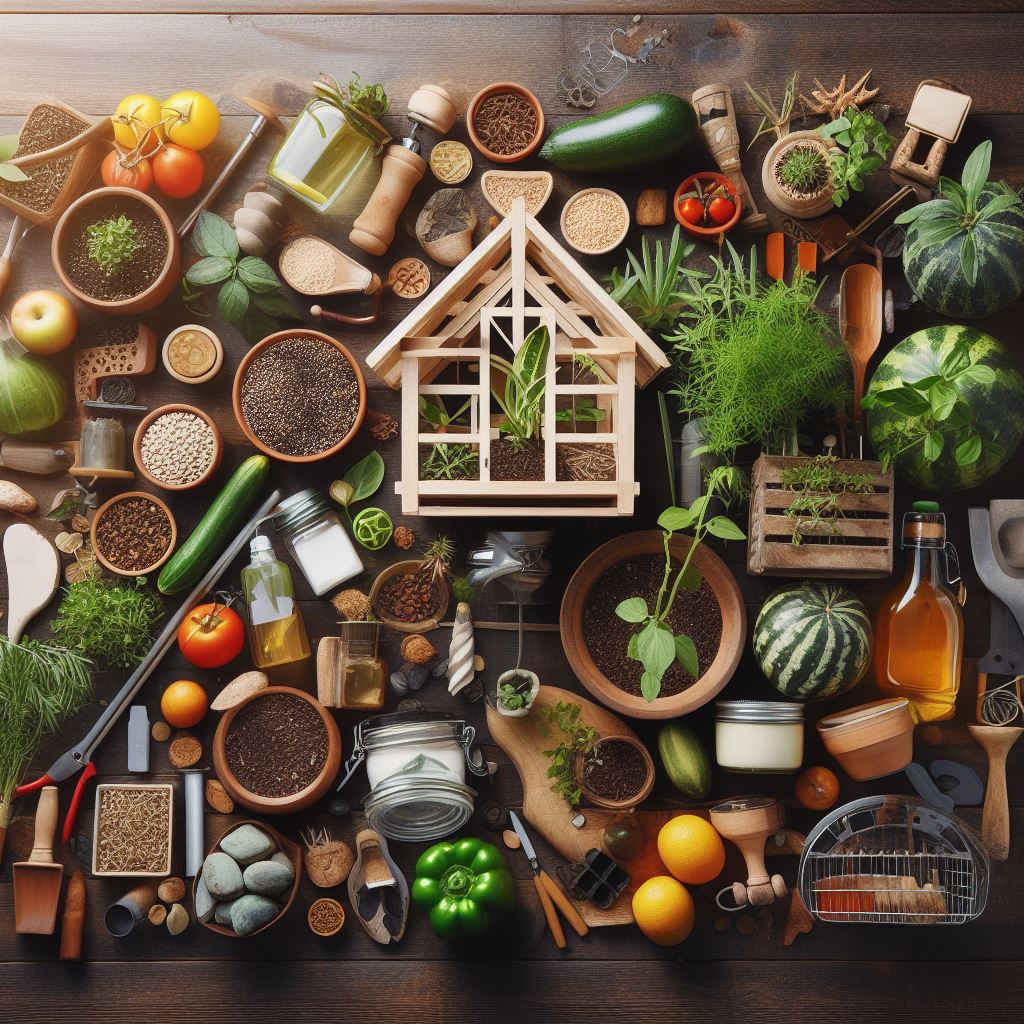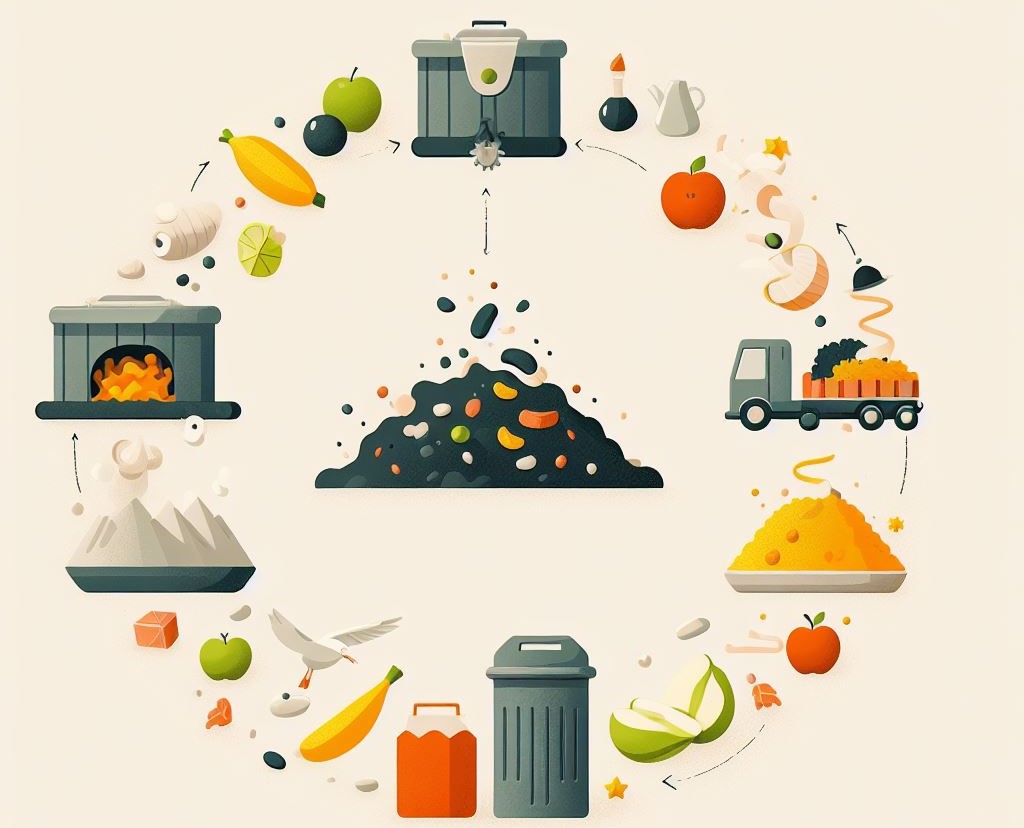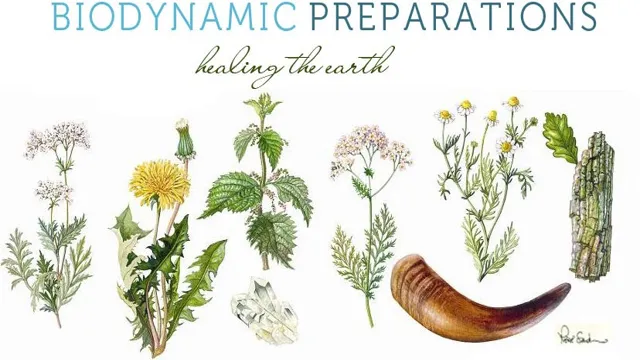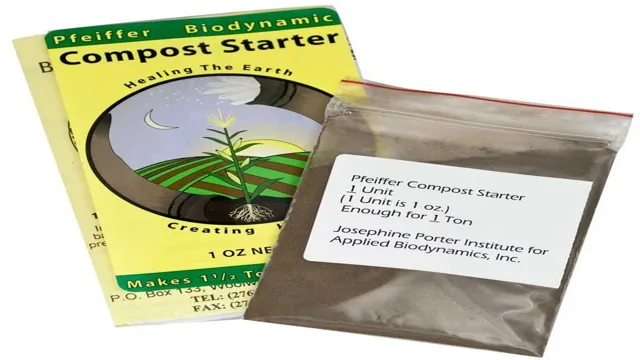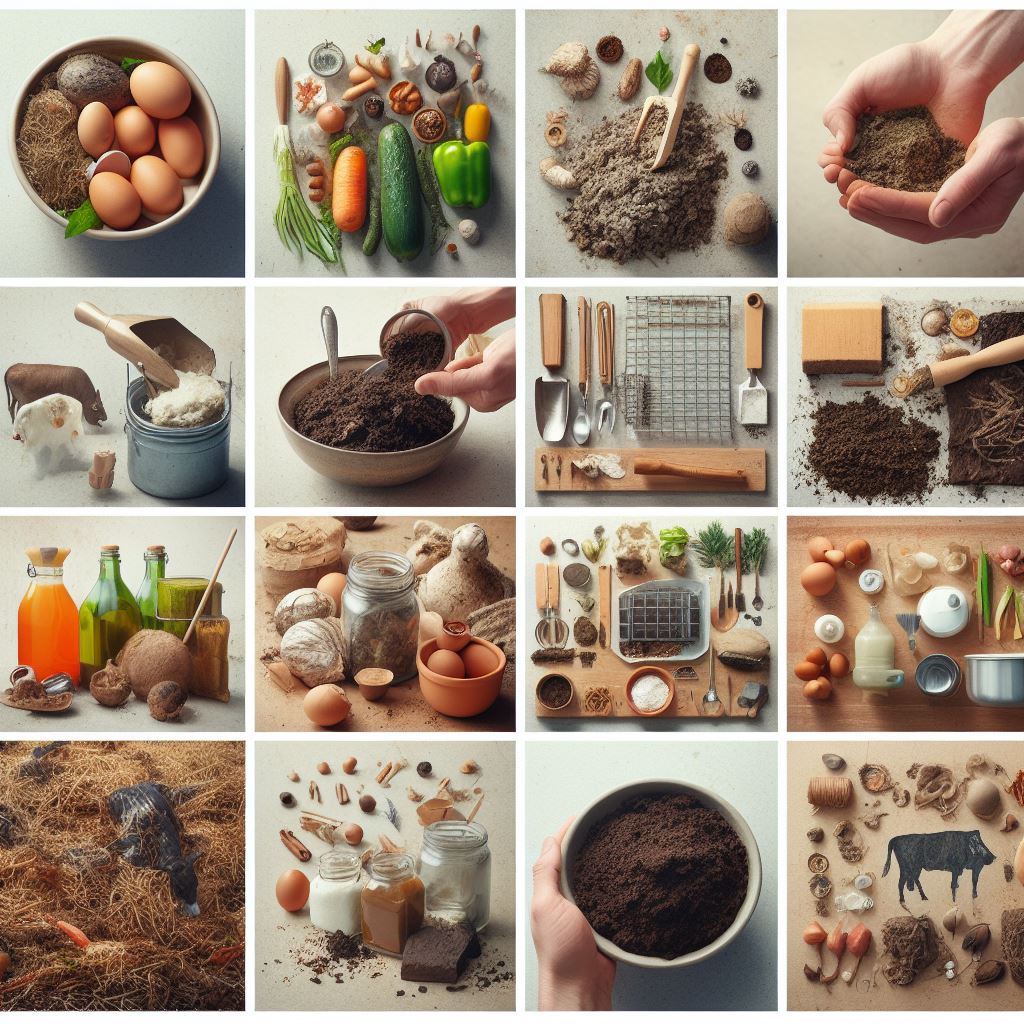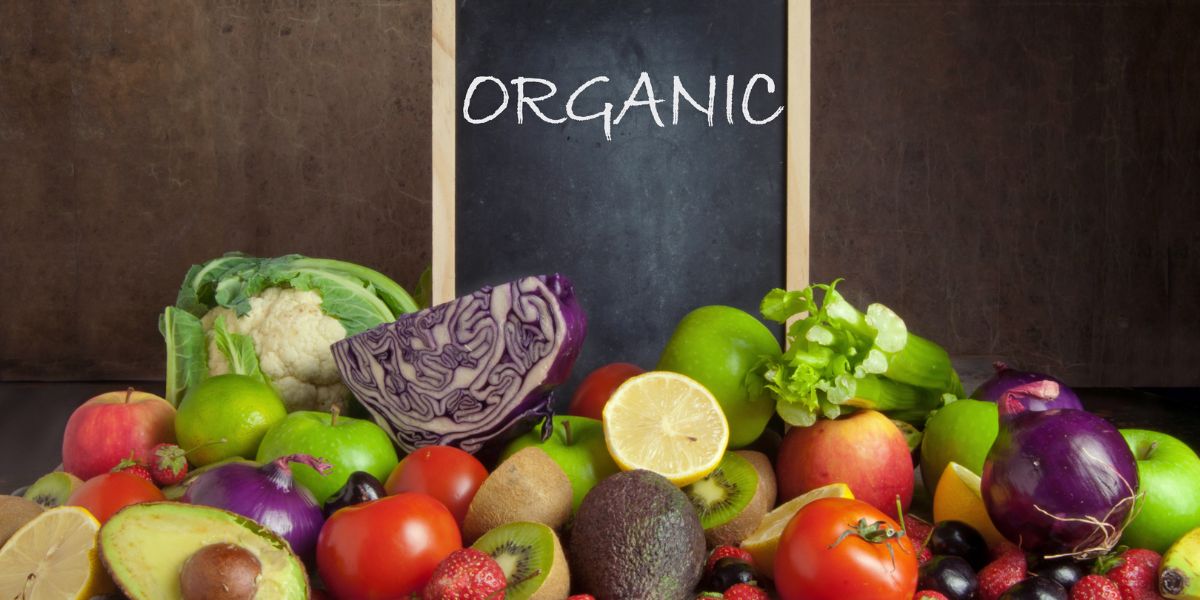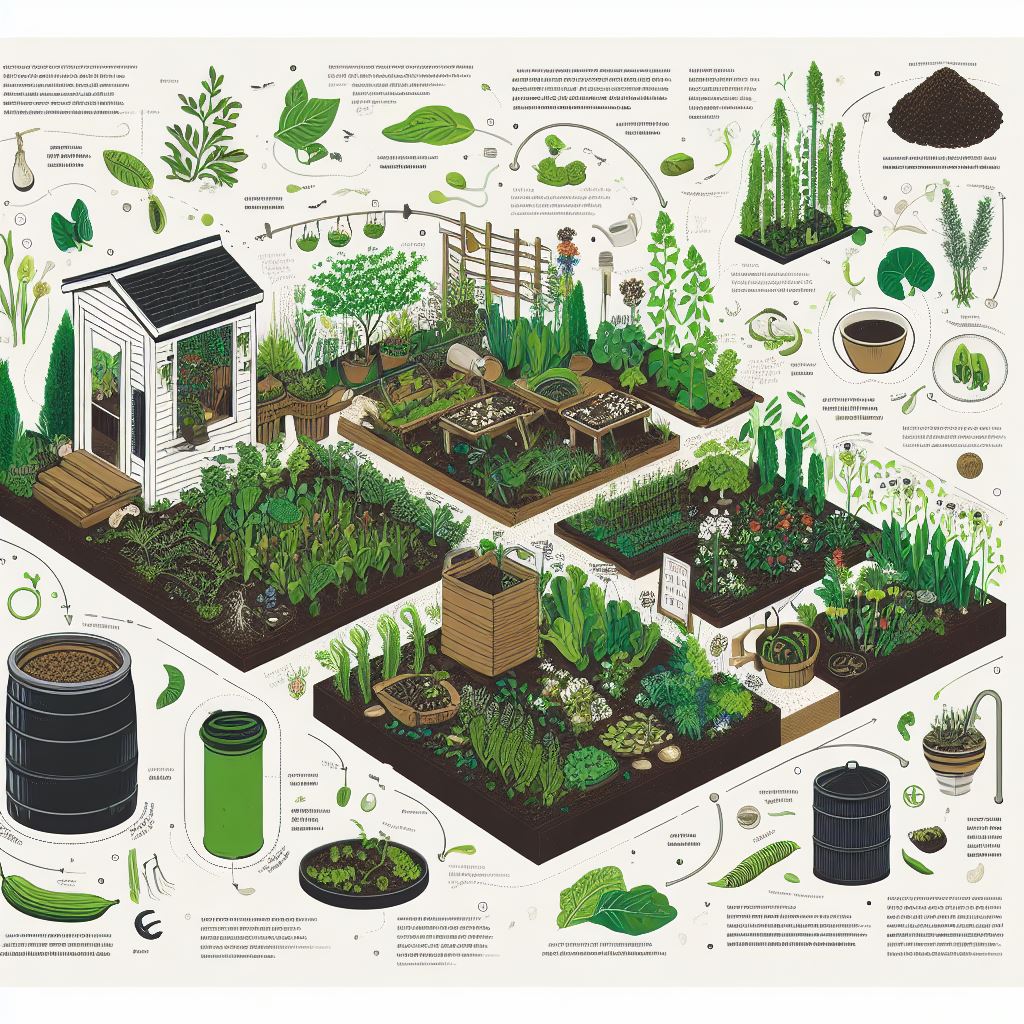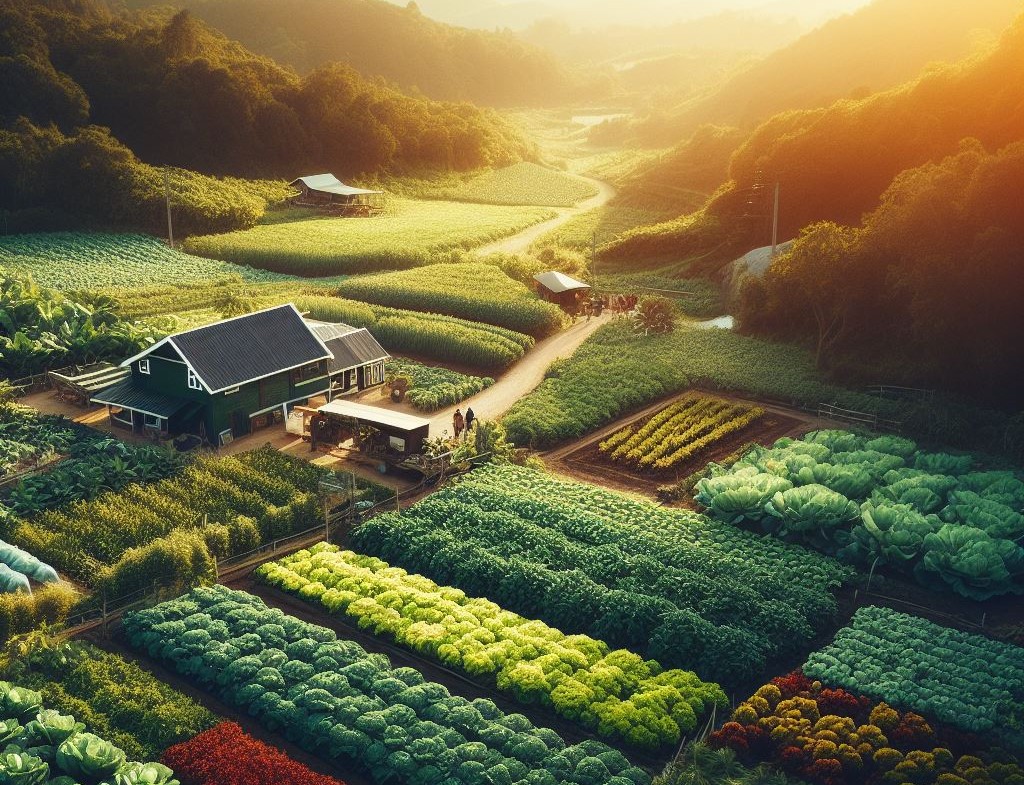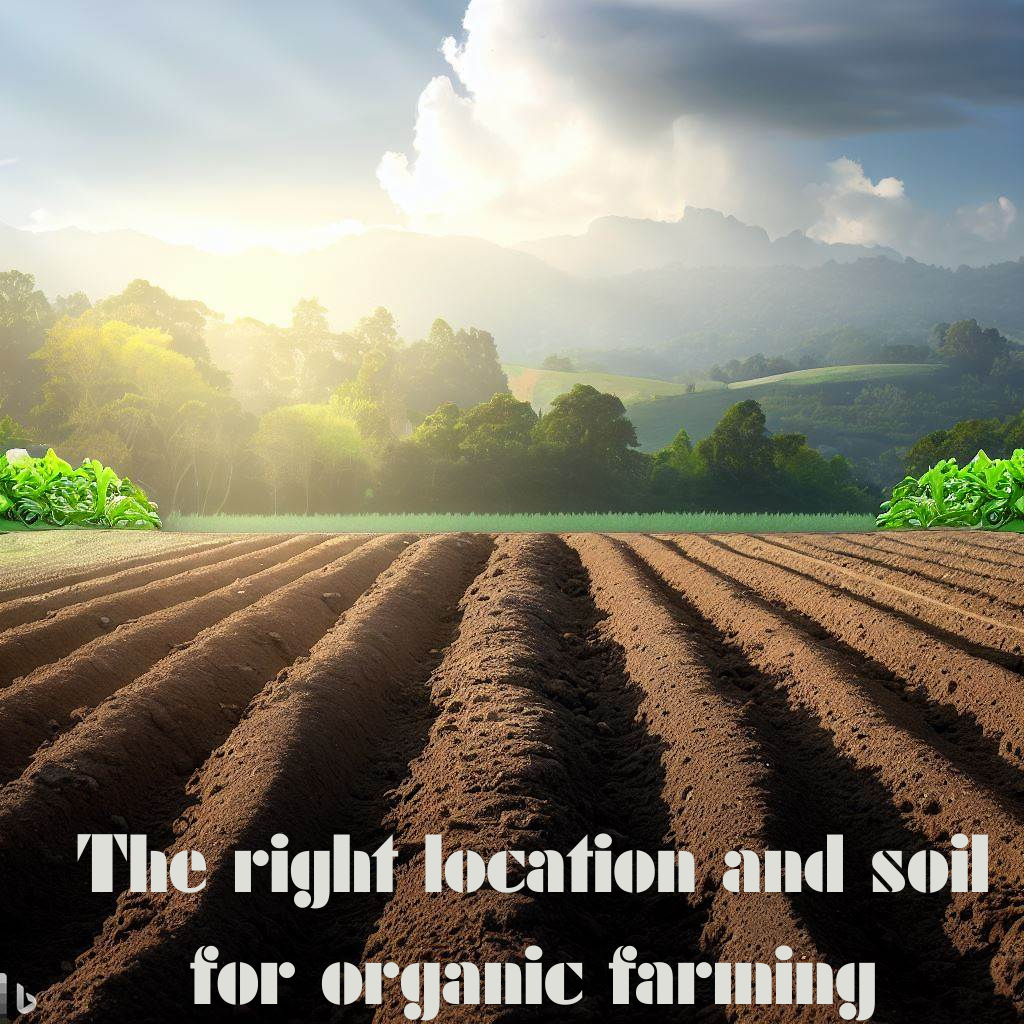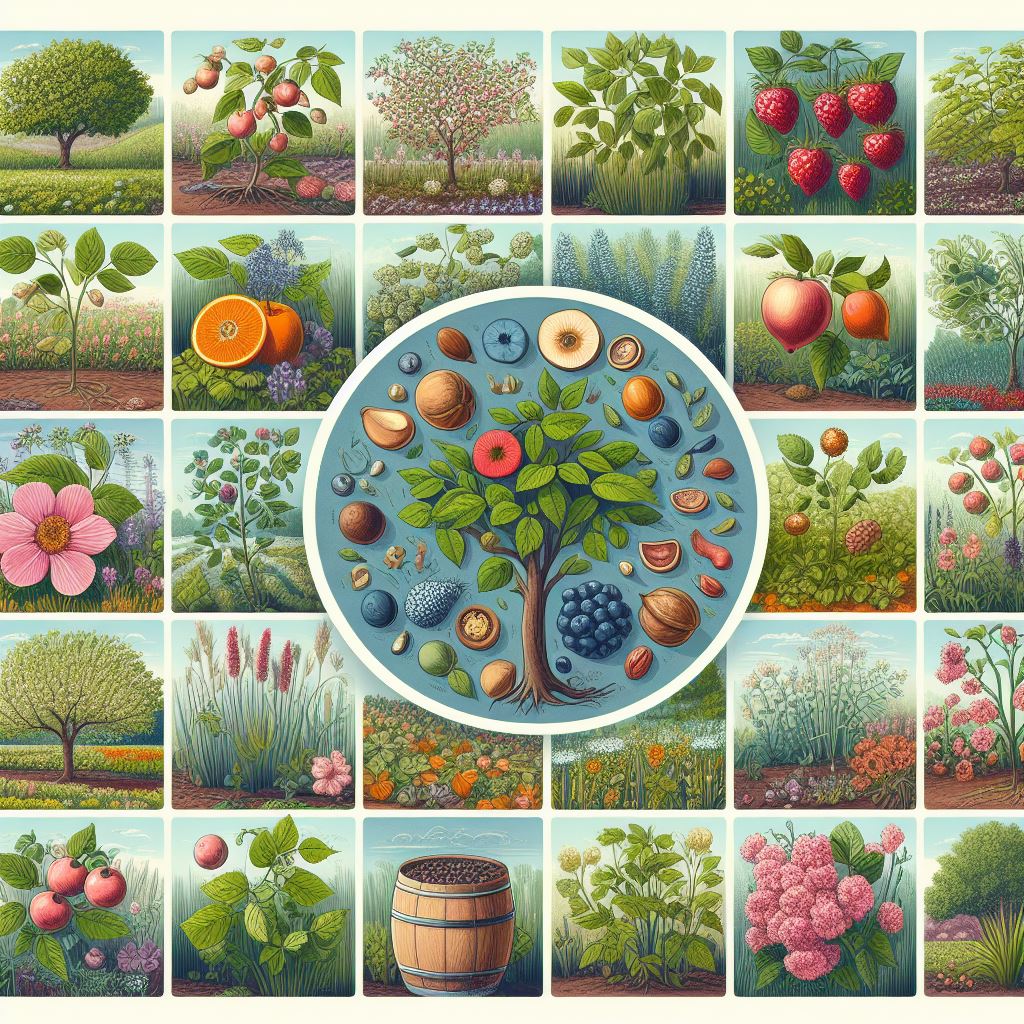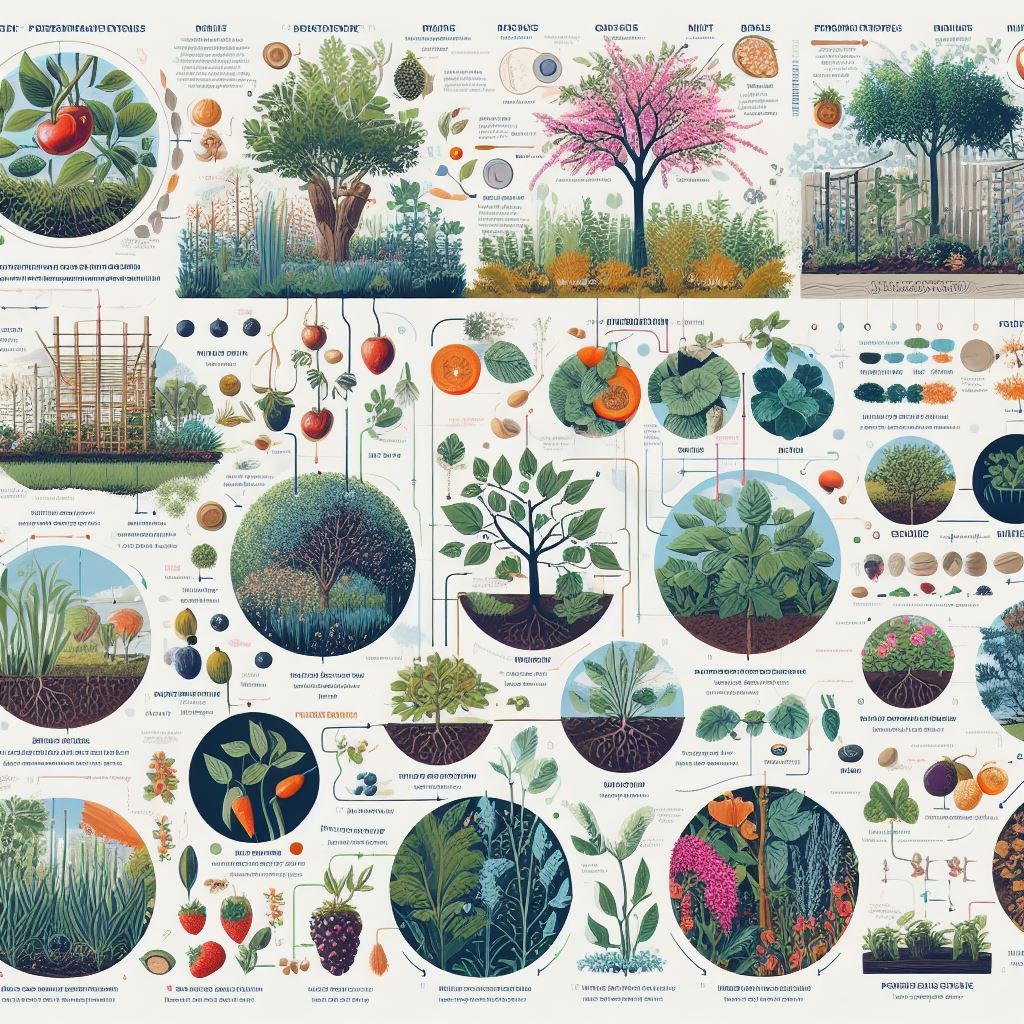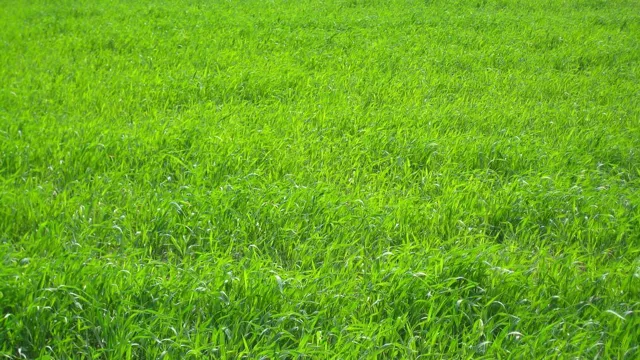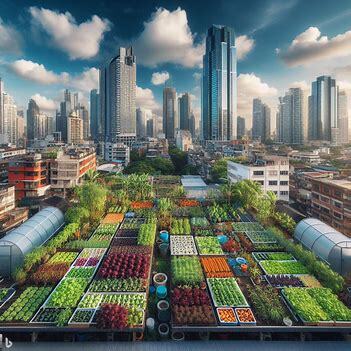Permaculture Add-ons is not just a method of gardening; it’s a revolutionary way of looking at and interacting with the world around us. It’s a sustainable design system that works with nature rather than against it. But as you delve deeper into this incredible world, you may find yourself looking for ways to optimize your permaculture practice.
That’s where permaculture add-ons come in. These tools, techniques, and principles can help you create a more efficient and productive permaculture system. In this comprehensive guide, we will delve into the world of permaculture addons, reviewing their benefits and exploring how you can incorporate them into your permaculture practices.
Understanding Permaculture
Permaculture Add-ons Elevating Your Sustainable Living Practices Permaculture is a unique approach to sustainable living, focusing on the creation of integrated, symbiotic systems that mimic natural ecosystems. It goes beyond merely growing your food or recycling; it’s about creating a lifestyle that harmoniously integrates the home, landscape, and people into a self-sustaining and regenerative system. But even within permaculture, there’s room for innovation and enhancement.
These come in the form of permaculture add-ons – specialized tools and techniques that can be integrated into your existing permaculture system to increase its efficiency and productivity. Permaculture add-ons can range from renewable energy sources like solar panels or wind turbines, water harvesting techniques, soil improvement strategies to even specific plant cultivation methods. They’re like the cherry on top of your permaculture sundae, adding more value to your sustainable living practices.

Choosing the right permaculture add-ons can significantly amplify your permaculture system’s performance, providing additional environmental benefits and even potentially increasing your self-sufficiency. It’s all about finding the add-ons that work best with your unique permaculture design, aligning with your sustainability goals, and harmonizing with the local ecosystem. In essence, permaculture add-ons are a testament to the dynamic, adaptable nature of permaculture itself.
They represent the concept’s ongoing evolution and its capacity for continuous improvement and adaptation in response to the ever-changing environmental needs and challenges. Embracing permaculture add-ons is an excellent way to elevate your sustainable living practices, contributing to a healthier planet and a brighter future.
Definition and Principles
Permaculture addons are remarkable enhancements that infuse sustainability and resilience into traditional farming practices. They are rooted in the core principles of permaculture – caring for the earth, caring for people, and fair share. These add-ons are not just about transforming physical spaces but also social systems, making them more harmonious and cyclical.
They range from innovative growing techniques and energy-efficient designs to waste management systems, all cleverly working in tandem to promote a healthy ecosystem. The magic of permaculture addons lies in the fact that they are not just sustainable but regenerative, always giving back more than they take.
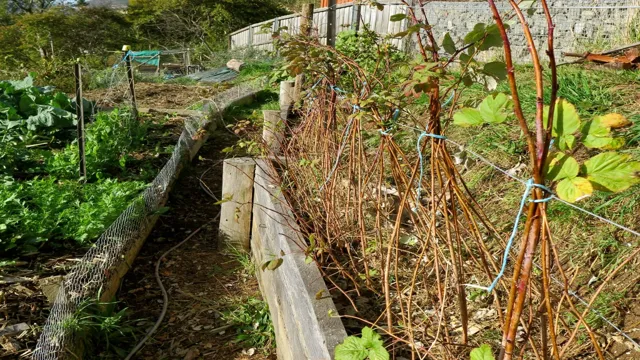
History and Evolution
Delving into the realm of permaculture, one cannot overlook the fascinating history and evolution of permaculture addons. These addons, integral components of sustainable agricultural systems, have undergone significant transformations over the years. From rudimentary tools employed by early agriculturalists to the sophisticated technologies used by modern permaculturists, the journey of permaculture addons is a captivating tale of innovation and adaptation.
As we navigate through this narrative, we’ll uncover how these addons have helped shape the face of sustainable farming, reinforcing the ethos of permaculture by fostering biodiversity, ensuring resource efficiency, and promoting ecological harmony.
Benefits of Permaculture
Permaculture add-ons provide a myriad of benefits, transforming ordinary landscapes into sustainable and productive ecosystems. They aren’t merely an aesthetic upgrade but an ingenious strategy to enhance biodiversity, improve soil health, and promote food security. With these addons, you can optimize water usage, recycle waste, and create a natural pest control system.
They also contribute to mitigating climate change by sequestering carbon. Ingenious, eco-friendly, and cost-effective – permaculture addons are a testament to the perfect harmony between nature and human innovation.
Exploring Permaculture Addons
Permaculture Addons: An Exciting Addition to Your Sustainable Lifestyle In our quest for sustainable living, the concept of permaculture has emerged as a beacon, guiding us toward harmonious co-existence with nature. As we delve deeper into this intriguing world, we uncover various permaculture add-ons that add an extra layer of excitement and efficiency to our green endeavors. Permaculture addons are essentially tools or practices that complement and enhance the basic principles of permaculture.
They encompass a broad range of areas, from natural building and renewable energy systems to water harvesting and soil regeneration strategies. These add-ons are not just about adopting new techniques but also about nurturing a mindset that values sustainability, resilience, and diversity. Imagine your permaculture garden as a flourishing ecosystem.
Now, picture adding a rainwater harvesting system, a permaculture addon, to this setup. This not only ensures a sustainable water supply for your garden but also reduces your reliance on municipal water sources. Or consider incorporating a composting system, another popular permaculture addon, which converts your kitchen waste into nutrient-rich compost for your plants while reducing landfill waste.
Permaculture addons can be tailored to suit your specific needs and circumstances, making them an attractive proposition for anyone looking to boost their sustainability quotient. Whether you’re a seasoned permaculture enthusiast or a curious newcomer, exploring these add-ons can open up a world of possibilities, turning your permaculture journey into a thrilling adventure. Dive into this fascinating realm, and who knows, you might end up discovering an addon that revolutionizes your approach to sustainable living!
Types of Addons
Within the diverse world of permaculture, add-ons play an integral role in enhancing sustainability and productivity. These add-ons, varying from composting systems to water harvesting structures, beekeeping units, and worm farms, are ingenious solutions to environmental challenges. They seamlessly integrate into the permaculture design, promoting a closed-loop system that mimics nature’s efficiency.
In essence, permaculture addons are the secret ingredients that transform a simple garden into a thriving ecosystem, ultimately fostering a healthier planet.
Choosing the Right Addons
Choosing the right permaculture add-ons can significantly enhance your sustainable farming experience. These add-ons, whether they’re specialty tools, irrigation systems, or companion plants, can streamline your processes, improve your yield and ensure that your land thrives. But with so many add-ons available, it can be a daunting task to choose the ones that will truly be beneficial.
Understanding your specific needs, researching options, and making strategic decisions can help you select the add-ons that will perfectly complement your permaculture design. Remember, a wise choice can make your permaculture journey not only productive but also enjoyable.
Installation and Maintenance
In the realm of sustainable living, permaculture addons are the unsung heroes. These little enhancements can significantly boost the functionality and productivity of your permaculture design, making it more sustainable and efficient. However, their installation and maintenance require a certain level of knowledge and expertise.
From understanding the correct placement for optimal performance to regular upkeep, the process can be a bit intricate. But don’t let this deter you – with the right guidance and a dash of patience, you can transform your permaculture space into an ecosystem that thrives with minimal human intervention. It’s time to let these add-ons work their magic!
Impact of Permaculture Addons
The Role and Significance of Permaculture Addons in Sustainable Agriculture As the world is progressively shifting towards sustainable living, the role of permaculture addons cannot be overstated. These elements are integral to the permaculture design process, enhancing the functionality and productivity of any system naturally and sustainably. Permaculture addons are essentially tools, techniques, or modifications that can be incorporated into a permaculture design.
They are meant to support the overall system, improving resource efficiency and promoting ecological balance. From rainwater harvesting systems to composting toilets, these add-ons are pivotal in creating a self-sustaining ecosystem. These add-ons are not just about improving a system’s output.
They are about creating a holistic and balanced ecosystem where every element works in harmony with the other. This is where the beauty of permaculture lies. It’s not just a method of farming but a lifestyle that seeks to build strong, resilient, and self-sufficient communities.
By utilizing these permaculture add-ons, we are not just enhancing our relationship with the environment but also promoting a healthier and more sustainable future. After all, as the saying goes, “We do not inherit the earth from our ancestors; we borrow it from our children.” And what could be a better way to ensure we leave a thriving planet for future generations than by embracing the principles of permaculture and its innovative add-ons?
Environmental Benefits
Harnessing the Power of Permaculture Addons: A Green Revolution In the quest for a sustainable future, permaculture addons are emerging as a formidable ally. These eco-conscious tools not only promote biodiversity but also stimulate natural processes that enrich soil fertility, manage water resources, and cut down waste. The genius of permaculture addons lies in their ability to mimic nature’s intricate balance and resilience, creating self-sustaining ecosystems that are both abundant and harmonious.
This green revolution is not just about growing plants; it’s about cultivating a healthier planet. So, let’s delve into the environmental benefits of permaculture addons and explore their potential for a greener tomorrow.
Economic Advantages
Harnessing Economic Advantages through Permaculture Add-ons Economic prosperity and sustainability are no longer mutually exclusive. Enter the world of permaculture add-ons, a clever, eco-centric solution that’s shaking up traditional ideas of wealth generation. By integrating these add-ons into existing systems, businesses and individuals can reap significant economic benefits.
These sustainable modifications, such as rainwater harvesting or composting, not only reduce resource dependency but also create new revenue streams. It’s a witty fusion of economics and ecology, proving that green can indeed be the new gold. So, let’s delve into the world of permaculture add-ons, the unsung heroes of sustainable economic growth.
Practical Examples of Permaculture Addons
Section Title: Harnessing Nature’s Genius: A Close Look at Practical Permaculture Addons Permaculture is not just a buzzword tossed around by environmentalists. It’s a philosophy of life, a method of cultivation, and a system of sustainable living that incorporates the wisdom of the natural world into everyday human practices. The concept has led to the development of a variety of permaculture addons—additional components that contribute to the overall efficiency and sustainability of a permaculture system.
One such example of these permaculture addons is the creation of food forests. A food forest is a multi-layered, perennial, and sustainable garden modeled after a natural forest. This system, which includes a combination of trees, shrubs, ground cover, vines, and root crops, mimics the mutually beneficial relationships found in natural ecosystems.
Each plant serves a purpose, whether it’s for food, shade, nitrogen fixation, or pest control, resulting in a sustainable, self-maintaining system that provides a bounty of organic produce. Another practical example is the use of natural building materials. In permaculture, the focus is on using locally sourced, renewable, and biodegradable materials for constructing homes and other structures.
This not only reduces the environmental impact but also supports local economies and promotes a closer connection to nature. Rainwater harvesting systems also form a critical part of many permaculture designs. These systems capture and store rainwater for use in irrigation, reducing dependency on conventional water sources and helping to conserve this precious resource.
The brilliance of these permaculture addons lies not just in their sustainability but also in their adaptability. Be it a sprawling rural farm or an urban backyard, these add-ons can be customized to fit various landscapes and climates, proving that anyone, anywhere, can harness the genius of nature in their pursuit of a more sustainable lifestyle.
Frequently Asked Questions
What are some of the permaculture addons that I can use in my garden?
Some permaculture addons that you can use in your garden include composting systems, rainwater harvesting systems, chicken tractors, and edible forest gardens. These add-ons can help you create a more sustainable and self-sufficient garden.
How can permaculture addons improve the environment?
Permaculture add-ons can improve the environment by promoting biodiversity, improving soil health, reducing waste and overall carbon footprint, and conserving water. They are designed to work with nature rather than against it, which helps to preserve the natural ecosystem.
Can I use permaculture add-ons in an urban setting?
Yes, permaculture addons can be adapted to fit urban settings. Examples include vertical gardens, rooftop gardens, rainwater collection systems, and compost bins. These add-ons can help urban dwellers grow their food and reduce their environmental impact.
Are permaculture addons expensive to implement?
The cost of implementing permaculture add-ons can vary widely depending on the type of addon, the size of your property, and whether you are doing the work yourself or hiring a professional. However, many permaculture techniques can be done at a low cost or even for free, and they can often save you money in the long run by reducing your need for store-bought produce and garden supplies.
What are the benefits of using permaculture addons in my garden?
Permaculture addons offer numerous benefits, including increased biodiversity, improved soil health, water and waste conservation, and the ability to produce your food. They also promote a more sustainable and self-sufficient lifestyle, which can provide a sense of fulfillment and peace of mind.
Conclusion
“Permaculture addons” are like the secret ingredients to a perfect recipe. They enhance the overall system, making it more efficient, sustainable, and productive. Just like the cherry on top of a sundae, they might not make up the bulk, but they certainly add the crucial finishing touch.So, whether it’s a worm farm to enrich your soil or a rainwater harvesting system to utilize nature’s gifts, these add-ons are the nifty tools in a permaculturist’s eco-friendly arsenal. They are the clever solutions to achieving a harmonious blend of ecology and agriculture, proving that often, the most ingenious ideas come from working with nature, not against it.
